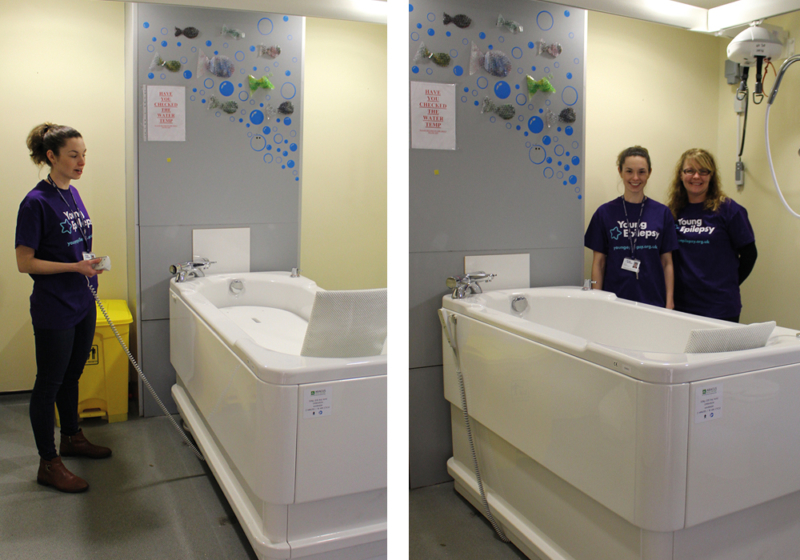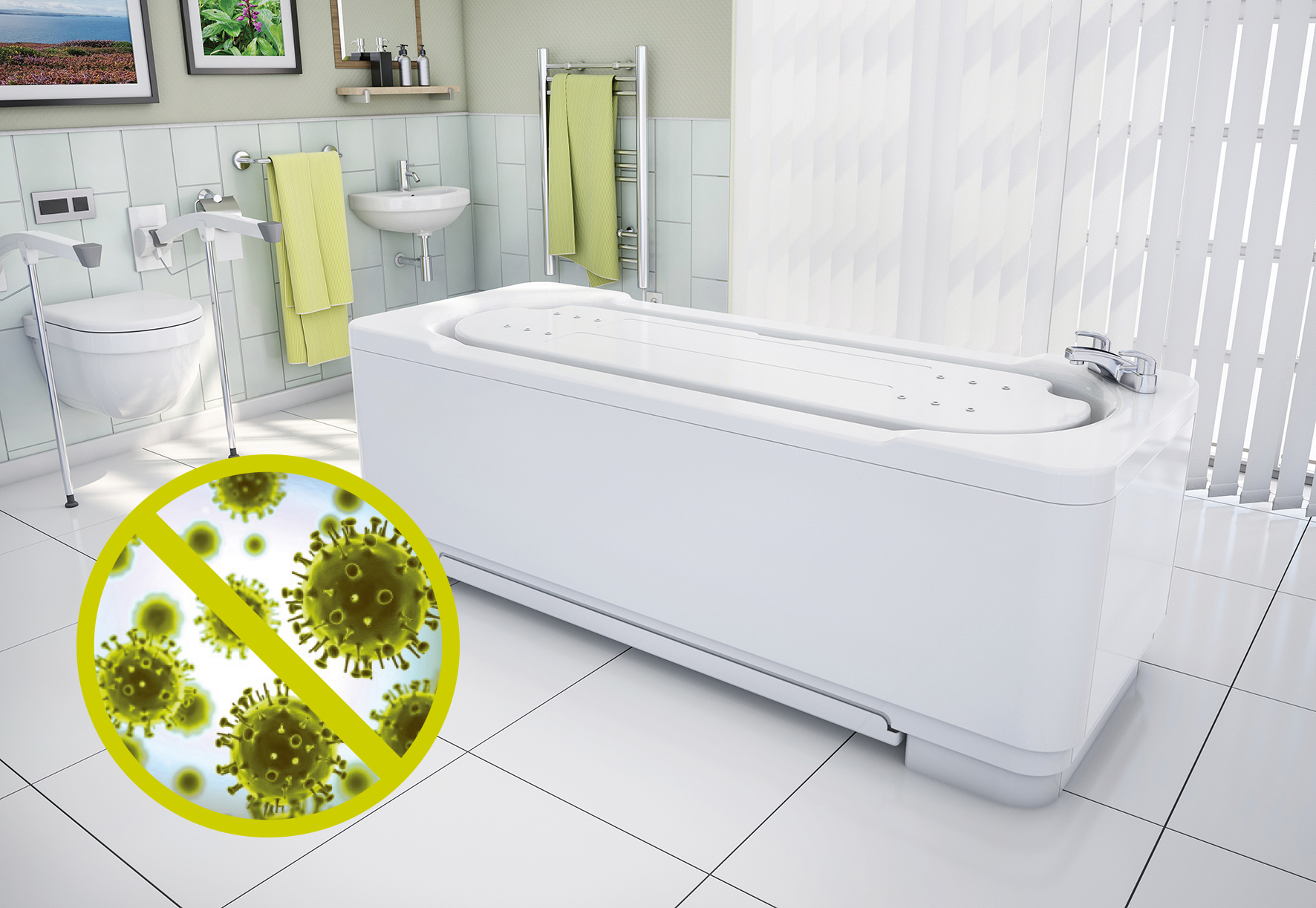Epilepsy and bathing – exploring the potential
Occupational therapists are educated to work within a social model of care, with client centred and holistic intervention at the professional core. However, for a variety of reasons, including organisational culture, it is easy to develop prescriptive elements to practice that actually focus on diagnosis or institutional process.
This leads to blanket professional or organisational statements such as “we don’t provide safety beds”, “we don’t do baths” and as is pertinent for this topic, “people with epilepsy should shower and not bathe”.
Although for the former statements we could get into discussions about fettering of discretion and the legislative impact, the focus of this article will be on prescription based on diagnosis, a more medical model of practice.
For many therapists the idea of bathing for a person with epilepsy constitutes a significant risk, predominantly related to drowning if the bather were to have a seizure whilst submerged, but also regarding moving and handling for carers. This perceived risk often reinforces prescriptive, non-client centred practice and a jump to showering for this client group.
However, not only does this ‘jump’ impede our questioning of why the client may prefer to bathe, and therefore the possibility of bathing as a meaningful occupation, it potentially originates from a marketplace that could not offer the elements of risk reduction that it now can.
To ensure that recommendations are client centred and consider risk we need to constantly revise and update our evidence base, ensuring that critical reflection takes place and avoid outcomes simply because “we’ve always done it that way”.
The advice
Let’s consider what the advice is if someone were to have a seizure whilst in water:
If there is a change or loss of consciousness
- Support the person in the water with the head tilted so the face and head stay above the surface
- Call for help and remove the person from the water as quickly as possible.
- Do not restrain the person unless this is needed to get the person out of the water safely.
- If breathing is normal, turn person on their side and hold them in side-lying position until they recover.
If there is no change in awareness
- Call for help and remove the person from the water as quickly as possible.
- Help the person to a safe place out of the water.
- Stay with them until the seizure is over. [1]
The challenge
Both pieces of guidance above suggest that the person should be removed from the water as quickly as possible. This is entirely understandable given the potential risks associated with seizures whilst submerged.
However, as part of the clinical reasoning process it is crucial that assessors remain aware of available solutions. For example, rather than removing the person from the water, it is now possible to remove the water from the person, whilst maintaining their position on a flat, solid surface.

This example was highlighted by the Young Epilepsy Centre who installed a Gemini platform bath from Abacus Specialist Bathroom Solutions, allowing students and residents to enjoy bathing safely.

The Gemini is a power-assisted bath with dual lift technology that assists with better posture for carers and allows for easy bather engagement. Its built-in platform offers assistance with changing and drying whilst reducing manual handling risks of lifting and lowering bathers in the bath. The larger 2m long Gemini 2000 provides a future proofed option and won the Caring in Excellence Award at the OT Show. To enhance hygiene, the Gemini also includes anti-microbial BioCote technology which provides 99.9% protection against harmful microbes.
Conclusion
Being prescriptive does not fit within the occupational therapy philosophy of holistic and client centred. Challenging preconceived ideas and clinical reasoning as well as keeping up to date with the evidence base is crucial in ensuring independence and engagement in meaningful activity is maximised.
As the Young Epilepsy Centre have demonstrated, through market awareness and robust risk assessment, the market supports anyone who has a desire to bathe to do so safely.

